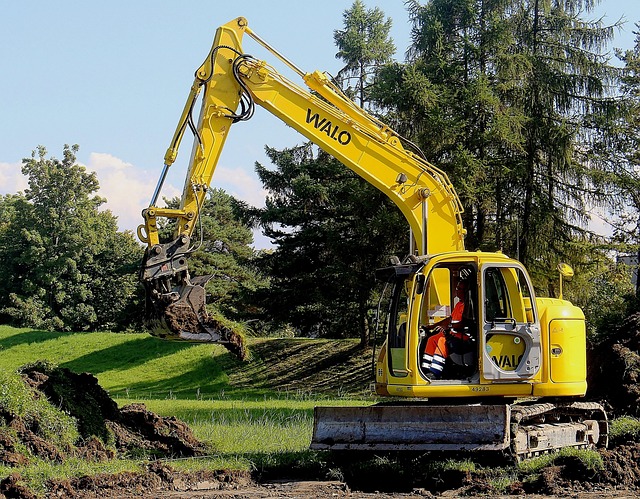Exterior aluminum siding offers a durable and low-maintenance solution for protecting and enhancing the appearance of a building. It combines strength and resistance to weather, corrosion, and fire, making it a practical choice for homeowners seeking long-lasting exterior cladding.
Aluminum siding stands out for its lightweight construction, variety of styles and colors, and eco-friendly nature, as it is fully recyclable. This makes it not only a smart investment in terms of performance but also an environmentally responsible option.
The versatility of aluminum siding allows it to mimic the look of traditional materials like wood while providing a modern, sleek finish. Its easy installation and lasting durability appeal to both residential and commercial projects.
Benefits of Exterior Aluminum Siding
Aluminum siding offers a practical combination of strength, ease of care, protection against elements, and design flexibility. These qualities make it an appealing choice for homeowners looking for lasting performance and visual appeal.
Durability and Longevity
Aluminum siding is resistant to common issues like cracking, warping, and rotting that can affect other materials. It withstands physical impacts well, reducing the need for frequent repairs or replacements. When coated properly, it resists corrosion and fading, preserving its appearance over many years.
Its durability extends to insect resistance, as aluminum is not susceptible to damage from termites or other pests. This resilience contributes to a longer lifespan compared to wood or vinyl siding, offering homeowners a reliable exterior option for decades.
Low Maintenance Requirements
Aluminum siding requires minimal upkeep compared to traditional wood. It does not need regular painting, sanding, or sealing to maintain its condition. An occasional washing with water and mild detergent is sufficient to keep it looking clean and fresh.
Because it does not absorb moisture, aluminum sidings do not suffer from mold or mildew growth, which lowers maintenance concerns further. The protective enamel or vinyl coating also aids in resisting stains and dirt buildup, simplifying ongoing care.
Weather Resistance
Aluminum siding performs well under a variety of weather conditions. It withstands extreme temperatures, from intense heat to freezing cold, without compromising structural integrity. Its non-porous surface prevents water infiltration, reducing risks associated with moisture such as rot or swelling.
In areas prone to wind, aluminum siding offers strong resistance without cracking or detaching easily. It also tolerates hail better than vinyl siding, which can crack or dent in severe storms.
Aesthetic Versatility
Aluminum siding is available in a wide range of colors and finishes that do not fade quickly. Homeowners can choose from smooth, textured, or wood-grain appearances to suit various architectural styles.
It can be easily painted with quality exterior paint if a color change is desired later, allowing for design updates without full replacement. The material’s flexibility also permits custom shapes and panel sizes, accommodating unique home designs and enhancing curb appeal.
Installation and Maintenance Best Practices
Successful installation and maintenance of aluminum siding require attention to surface conditions, precise application methods, routine cleaning, and proactive troubleshooting. These areas ensure the siding remains durable, visually appealing, and functional over time.
Proper Surface Preparation
The underlying surface must be clean, dry, and structurally sound before installing aluminum siding. Any damaged or rotted wood should be replaced to provide a stable foundation.
A weather-resistant barrier (WRB) is essential to prevent moisture infiltration. This layer protects against water damage and improves the siding’s lifespan.
Inspect and repair flashing around windows, doors, and joints to avoid leaks. The surface should be flat and free from obstructions that might cause uneven siding placement.
Installation Techniques
Use corrosion-resistant fasteners and avoid over-tightening to allow aluminum panels to expand and contract with temperature changes. Panels should be hung starting from the bottom up.
Leave appropriate gaps at trim pieces and between panels to accommodate thermal movement. Proper alignment ensures a uniform appearance without buckling or warping.
Handle panels with care during installation to prevent dents or scratches, which impact aesthetics. Follow manufacturer instructions closely, especially regarding overlaps and corner details.
Cleaning and Upkeep
Regular cleaning with mild detergent and water removes dirt and prevents buildup. Avoid abrasive tools or harsh chemicals that can damage the finish.
Inspect siding annually for loose panels or damaged spots. Immediate repairs help maintain waterproofing and structural protection.
Clearing debris from gutters and ensuring proper drainage reduces water exposure to siding surfaces, limiting corrosion risk.
Common Issues and Solutions
Dents from impacts and scratches are common but can often be minimized by careful handling and timely repairs. Small damages may be repaired with touch-up paint designed for aluminum.
Improper water management can cause mold or rot behind siding. Maintaining flashing and WRBs prevents these issues.
Expansion and contraction can lead to buckling; ensuring correct nailing technique and spacing addresses this. Regular inspections detect early signs of such problems.







